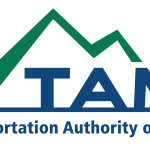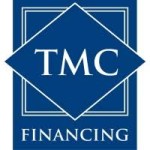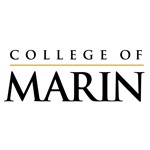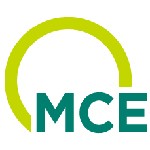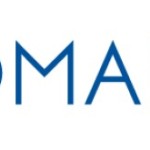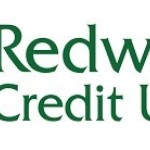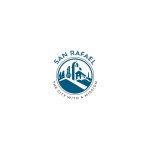MEF Newsletter August 2016
August 2016
by MEF CEO Jim Cordeiro
 Year of the Entrepreneur
Year of the Entrepreneur
North Bay iHub celebrates the second annual North Bay Innovation Week highlighting innovation in the North Bay the week of Sept 12 – 16, 2016. In collaboration with iHub, Marin Economic Forum is hosting our 4th annual Marinnovation event on September 13.
iHub is a collaborative of partners dedicated to building a robust entrepreneurial ecosystem in Sonoma, Marin and Napa counties thru the promotion of innovation as a community building and job creation tool by providing entrepreneurs with resources to enable them to build successful businesses.
The information economy has impacted the way we currently work and will continue to impact the way we work. This economy values knowledge workers and our future depends on the workforce development strategies towards a sustainable economy. There are many ways to discover your value in our economy. One question to ask is, “Could the vast majority of your work responsibilities be automated by a “kludged together” Excel script?”
America is the wealthiest country on earth because for most of our history we have followed the basic principles of economic freedom. Said differently, our wealth is not preordained; it is not coincidence and is it not guaranteed to endure. Instead, our wealth is the direct result of deliberate action to abide by certain economic principles, laws, and freedoms, many of which are now slipping away.
Some portion of the persistent unemployment in our economy is structural in nature: There is a gap between the skills of the unemployed and the capabilities that are being sought by employers with unfilled job openings. Much of the structural unemployment we see is being caused by rapid technological innovation and the evolution of our economy, which increasingly demands workers with technical skills and experience. Conventional thinking might look at this problem and say that this phenomenon happens constantly; as economies grow, skilled workers are in increasing demand. We now face a situation in which technological innovation is altering the economy so rapidly that many workers are unable to make the adjustment and gain the retraining necessary to evolve with it.
A simple thought experiment: Let’s pretend you won $10 million in the lottery and you could only do one of the following two things with your windfall:
Which option would you choose? There is no right or wrong answer here. Both options might benefit you, but only the second option is capable of being beneficial to the broader economy and society at large. New business formation and the creation, innovation, and job opportunities that come with it are the foundation of economic growth and prosperity.
by Dr. Robert Eyler
 Entrepreneurship and Sustainability
Entrepreneurship and Sustainability
Entrepreneurship and sustainability have a similar history in terms of how economists look at their definitions. Initially, we looked at entrepreneurship as “ideas”; economists think about four factors of production or inputs including labor, land, physical capital, and entrepreneurship. These ideas are paid profits, profits earned by the idea owner or ultimately the owner of a business that springs from intellectual capital (the idea). The entrepreneur’s role in our economy became more important as the economy began to monetize ideas more rapidly, and with large sums of money. There is a magazine with the title of “Entrepreneur” like “People” or “Time”; like sustainability, entrepreneurship has become a generalized term and no longer associated directly with its original meaning. Generally, we think of a smart person who started a business that was successful as an entrepreneur now. Economists still consider entrepreneurship an input to any and all businesses.
Successful businesses are the heart of every economy and all businesses began technically with an entrepreneur. We teach this subject throughout business school curricula; Dominican University of California has its MBA programs wrapped around the entrepreneur; Babson College has a satellite campus in San Francisco on the Embarcadero and Folsom Street, a college made famous for its focus on entrepreneurship as a core idea taught in its classes. The concept is everywhere, and everyone has some ideas about new products or innovations. Not all these ideas are commercial; television programs like Shark Tank provide a quick lens into the decision making that links financial markets to new ideas.
Marin County is a place where famous entrepreneurs have flourished. Lucasfilm, Fair Issac, BioMarin, EO Products, and many others started and grew here. Many lessons can be learned from these businesses growing from a couple ideas or concepts or products; many other businesses fail to make it here in Marin County, as in other places as starting a business is tough. Marin Economic Forum’s work is to stimulate entrepreneurs in Marin County and beyond to see Marin County as a place to do business. The history is here, but is the community support?
Marin County has been resistant to business growth generally, under the supposition that growth means change which has many “bads” that come with it. Ironically, climate change will likely be solved or mitigated by entrepreneurship: science made commercial to help people and the earth. Everything in your home, the restaurant meals you enjoy, the phone you may be reading this on right now is a by-product of supported entrepreneurship. Our community is supported by businesses and new ideas; without them, there is no change and nothing new, fewer jobs and societal devolution.
MEF Board Director, Laurie O’ Hara, Working Solutions
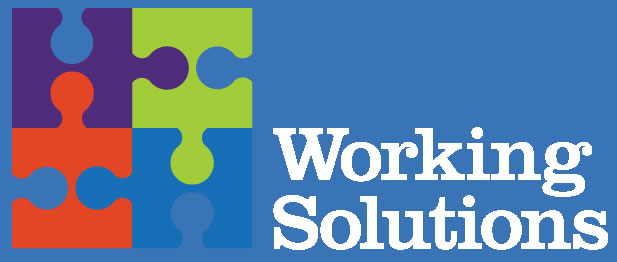 Congratulations to Working Solutions. On Friday, July 8, they funded their 400th microloan! The loan was made to Firebrand Artisan Breads, a local bakery in Oakland that is taking the Bay Area by storm with its signature breads and delicious pastries.
Congratulations to Working Solutions. On Friday, July 8, they funded their 400th microloan! The loan was made to Firebrand Artisan Breads, a local bakery in Oakland that is taking the Bay Area by storm with its signature breads and delicious pastries.
Working Solutions began in 1999 as a workforce development program under the auspices of TMC Financing. By 2005, the organization had commenced its own microlending program. Since then, they have provided over $9.8 million in lending capital to Bay Area businesses and perfected their holistic approach to community economic development by blending their lending services with business coaching and mentoring programs. In 2009, Working Solutions was officially designated a United States Community Development Financial Institution (CDFI).
MEF Board Director, Michael Leifer, Digital Candy
 Congratulations to Michael Leifer and the launch of Digital Candy. Digital Candy offers advanced artificial intelligence searches on the web to identify counterfeit products and misused logos, domains, images and video.
Congratulations to Michael Leifer and the launch of Digital Candy. Digital Candy offers advanced artificial intelligence searches on the web to identify counterfeit products and misused logos, domains, images and video.

September

Marinnovation — Tuesday, Sept. 13, 2016
4:30pm – 7:30pm, Marin Commons, San Rafael
visit marineconomicforum.org to register
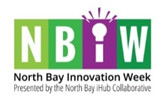
North Bay Innovation Week
September 12-16, 2016
Throughout Sonoma and Marin counties
visit: northbayihub.com
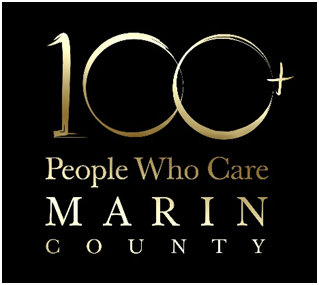
100MARIN — Wednesday, September 28, 2016
block party outside of Il Davide, San Rafael
6:00pm – 8:00pm
visit: www.100MARIN.org to register

Wanted: More life science, biotech businesses
By Gary Quackenbush
North Bay Business Journal
The North Bay can be a productive growth medium for biotechnology and life sciences companies, but it needs investment dollars, both public and private, and talent, say area officials working to grow the industry.
“For us, the goal is how to use data to attract more bio/life science firms and researchers to the North Bay, as well as how to retain those who have chosen to come here,” said Jim Cordeiro, CEO of San Rafael-based Marin Economic Forum.
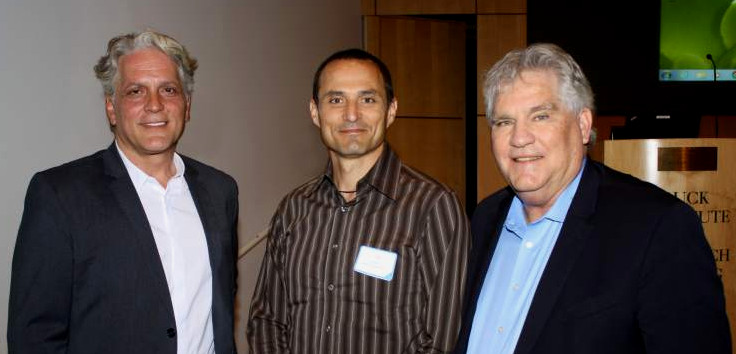 He, along with a host of other life science industry leaders, attended the 2016 BIO International Convention in San Francisco in June, where the consensus was that this industry is complicated — and not good at communicating its core messages.
He, along with a host of other life science industry leaders, attended the 2016 BIO International Convention in San Francisco in June, where the consensus was that this industry is complicated — and not good at communicating its core messages.
Founded in 2012, Marin Economic Forum is a nonprofit organization that collects, analyzes and disseminates information that affects local businesses while also collaborating with communities in which their employees reside. Industries targeted include biological and life sciences, agriculture, tourism, and manufacturing.
“Our goals include building greater collaboration and communication by integrating information technology into life sciences,” Cordeiro said. “This involves the use of good story-telling techniques to create an emotional connection to engage the imagination and communicate what science is all about in basic terms.”
The process begins with identifying the types of research being done today at the Buck Institute in Novato and other North Bay life science firms, as well as within the University of California system. Finding out what the life science industry wants is the first step leading to attracting capital and talent matching those needs.
“Life sciences start with capital for essential research, and there is local and private capital here for generating initial research, before seeking venture capital,” Cordeiro said. “At the same time, measurable metrics are required, as well as a strategic plan for utilizing data being collected.”
He said the end result will be a series of “product potential” models the forum can sell to life sciences firms, the community and investors going forward, as part of his organization’s plan to establish mechanisms for gaining funding support.
1,000 MORE JOBS
Cordeiro’s plans for the forum include establishing a firm connection between increasing economic development and job growth in life sciences, including a related goal to add 1,000 more life sciences jobs in Marin by 2020.
Read more at the North Bay Business Journal
MEF Newsletter July 2016
July 2016
by MEF CEO Jim Cordeiro
 BIO2016
BIO2016
The BIO International Conference returned to the birthplace of biotechnology, San Francisco, for 2016. Bio2016 attracted over 15,000 biotechnology and pharmaceutical leaders for one week of intensive networking and partnering meetings to discover new opportunities and promising partnerships.
The North Bay Life Science Alliance (NBLSA), in partnership with the Marin Economic Forum, held an important presence at the conference as part of the California Pavilion. NBLSA monitors trends in employment, financing, commercial space, and government support for life-science businesses in the NBLSA counties (Marin, Sonoma, Napa, Solano). Importantly, the North Bay is one of the global hubs of life-science businesses and finance in Northern California which, in turn, is a global hub for research and development in the field.
Recognizing the impact of the NBLSA region, the California Life Sciences Alliance (CLSA) asked our chief economist, Dr. Robert Eyler, to be the opening speaker at the California Pavilion.
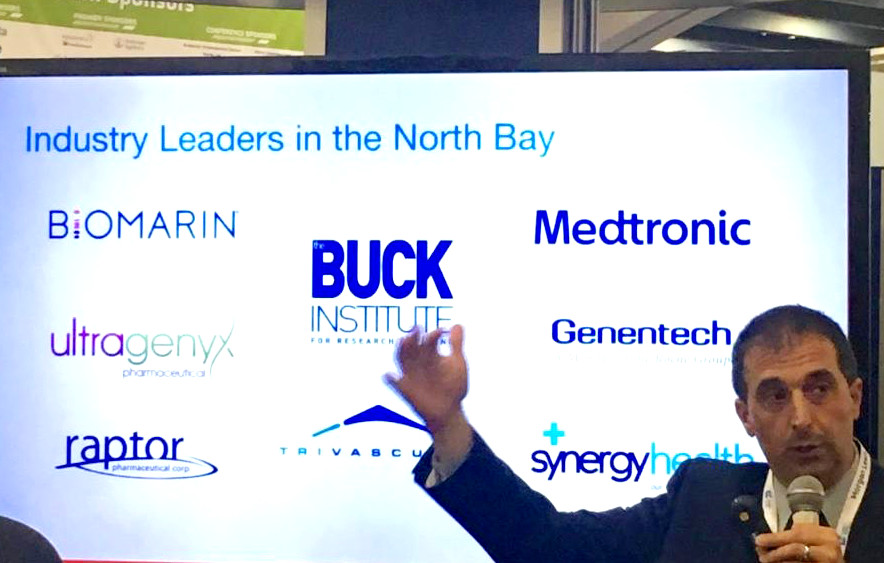
Title of the talk: North Bay Life Sciences Alliance | Growing and Moving in the North Bay
Following the completion of the conference, we co-hosted a morning session at the Buck Institute for media and senior executives who attended the event. Presentations were made by Chris Stewart, NBLSA COE and Chairman and Stelios Tzannis, Entrepreneur in Residence at the Buck Institute.
NBLSA Annual Report
NBLSA also recently published its annual report, produced by the Marin Economic Forum (MEF), which identifies 90 businesses involved in global life-science markets within the NBLSA counties, with as many as 470 headquartered and branch businesses stretching across different life-science sectors in the North Bay.
As of the second quarter of 2015, the NBLSA counties accounted for 10,000 jobs in the life-science sector. For the entire year 2015, researchers were awarded $13 million in National Institute of Health (NIH) grants, primarily from the Buck Institute for Aging Research in Marin County. Venture capital trends are moving toward a larger proportion of life-science investment in portfolios. In Marin County, biotechnology is second only to software as venture capital investment since 2009.
The Economic Value of Doing Good: BioMarin’s Impact on the Bay Area Economy
MEF chief economist Dr. Eyler has produced a case study for BioMarin, using the Company’s revenue, employment figures, and aggregate wage data to construct an economic model of its impact on the overall Bay Area economy.
Headquartered in San Rafael, BioMarin is one of the largest private-sector employers north of the Golden Gate Bridge. BioMarin’s presence leads to regional spending beyond its headquarters and operations in Marin County, and this ripple effect spreads to industries beyond biology research and manufacturing.
Another highlight from BIO2016 was the keynote address by Dr. Bennet Ifeakandu Omalu and Will Smith. Dr. Omalu is a Nigerian-American physician, forensic pathologist and neuropathologist who was the first to discover and publish findings of chronic traumatic encephalopathy (CTE) by examining American football players while working at the Allegheny County Coroner’s Office in Pittsburgh.
Dr. Omalu’s efforts to study and publicize CTE in the face of opposition by the National Football League were first reported in a GQ magazine article in 2009. The article was later expanded into a book, Concussion, and adapted into a film of the same name where Dr. Omalu, the central character, is portrayed by Smith. The movie’s production led to the creation of a foundation named after Dr. Omalu to advance CTE and concussion research.
by Dr. Robert Eyler
 Brexit and Marin County: Marin is Sound as the Pound?
Brexit and Marin County: Marin is Sound as the Pound?
As Brexit was passed by voters in the United Kingdom, many questions remain and new ones are being raised. Locally (and regionally), there may be repercussions for Marin County, which has several companies who compete on a global basis. The three primary issues Marin County residents and employers need to consider are: (1) housing and financial market performance; (2) shifts in tourism flows, and (3) trade links to the UK as either a marketplace or a gateway to mainland Europe.
The June 23rd vote in the United Kingdom (UK) is further proof that we are likely to remember 2016 as one of the most politically-focused years in this century, and perhaps in the last 25 years. While American politics are slowly building to a crescendo in November for the presidential election, the UK debated, placed on the ballot and voted to leave the European Union (EU). Because the pound sterling (the UK’s currency) is not part of the consortium of countries using the Euro, the unwind is more about how currencies are trading for each other and less about compliance. That unwind from trade and financial infrastructure based on EU membership will be a large enough headache.
The EU is a group of countries that came together from the European Common Market of the 20th century, and began the move toward a common currency (which non-Euro countries, including the UK, backed out of in the 1990s). These agreements begin with free trade among members, then customs unions (harmonizing trade laws inside and outside the membership), and then common markets (trade flows free for goods, financial capital and labor). The latter issue became paramount for the UK as the flow of migrant workers from other EU countries increased to take advantage of strong currency and high wages in the UK. The EU countries otherwise are a mixed bag of recovery stories since the last recession, and migration issues were exacerbated by refugees from the Middle East seeking a new life.
For Marin County, housing may be positively affected for two reasons. First, the outflow of capital toward the United States from the UK will further reduce pressure on interest rates; the Federal Reserve knows this and may now further delay interest rate increases to prevent the U.S. from becoming a magnet for UK wealth seeking the slightest of interest rate gains. Mortgage rates will remain stable and low, and housing demand will remain supported. Those residents with global investments may find losses from emerging markets that have ties to the UK (Indonesia and Malaysia are two examples); countries like Japan may be helped by this financially, though auto sales to the UK (and wine sales there for the North Bay region) may suffer.
For Marin County businesses, trade and labor connections to the UK may be delayed due to connections toward other EU countries changing. UK and US trade and financial relations otherwise should be little affected if there are no direct connections outside the UK. Business such as Autodesk and BioMarin may need to consider the size and scope of offices and business branches in the UK if used to service Europe more completely. This is a major theme for US businesses using the UK as a launching pad for Europe). This may slow progress in life sciences generally, especially if global uncertainty is exacerbated by this situation.
For tourism, we may see a flip of British tourism for Americans. Marin County residents may now plan trips to London they have delayed because the pound’s value falling suddenly provides a tax break for travelers. For UK travelers, they are facing a tax increase coming to Marin County, wine country, and the greater Bay Area. Businesses in Marin County, such as hotels and B&Bs and restaurants, may here fewer UK accents in the coming months, which could make for some marketing challenges given the summer has started. (DO WE KNOW IF UK TOURISM IN MARIN COUNTY IS SIGNIFICANT? THIS COULD BE A SUPPOSITION WITH LITTLE SUPPORT IN REALITY.)
Under the assumption that global uncertainty ebbs a bit after the tidal wave of opinions and concerns is done crashing over news channels, Marin County should be economically good after this is all said and done. The UK has multiple reasons to sort the aftermath out quickly, and then we can prepare for November and more political zaniness.
MEF Board Director Nina Gardner, 100MARIN/CORE
 100+ People Who Care: Marin County (100MARIN) is Marin County’s premier giving circle. The organization was created to increase the collective impact of its members’ annual dues, while helping to further the causes of deserving, local non-profits. Founded in January 2015, the group holds meetings twice a year, at which each attendee pledges $100. Five Marin-based non-profits then each make four-minute pitches, everyone votes for their favorite presentation, and the winner leaves with all of the pledge money. 100MARIN has been a fiscally-sponsored arm of the Marin Economic Forum since July 2015.
100+ People Who Care: Marin County (100MARIN) is Marin County’s premier giving circle. The organization was created to increase the collective impact of its members’ annual dues, while helping to further the causes of deserving, local non-profits. Founded in January 2015, the group holds meetings twice a year, at which each attendee pledges $100. Five Marin-based non-profits then each make four-minute pitches, everyone votes for their favorite presentation, and the winner leaves with all of the pledge money. 100MARIN has been a fiscally-sponsored arm of the Marin Economic Forum since July 2015.
Here’s how it works:
MEF Board Director, Brigitte Moran, CEO of Agricultural Institute of Marin (AIM)
 Brigitte is dedicated to realizing AIM’s vision of building a pavilion focused on celebrating the region’s agricultural roots, supporting artisan development and the success of our 500 local farmers and food purveyors, as well as educating and connecting communities to local agriculture.
Brigitte is dedicated to realizing AIM’s vision of building a pavilion focused on celebrating the region’s agricultural roots, supporting artisan development and the success of our 500 local farmers and food purveyors, as well as educating and connecting communities to local agriculture.
The FARM FIELD STUDIES PROGRAM brings children and young adults from around the Bay Area to local farms. The goal is to empower young people to make food choices that will positively impact their long-term health. Knowledge of where food comes from is a powerful tool for teaching good nutrition. Experiencing farms first-hand can inspire young people to become active participants in a sustainable food system as consumers, and even as producers of their own food.

September

MEF Newsletter May 2016
May 2016
by MEF CEO Jim Cordeiro
 Introducing Jim Cordeiro
Introducing Jim Cordeiro
It is with gratitude that I begin my tenure as CEO of the Marin Economic Forum (MEF). Before coming to the MEF, I co-founded Oceana Technologies and worked as a leading scientist at biotechnology and academic organizations. I served on the board of directors for the Pacifica Education Foundation, leading efforts in fund development, 21st century learning and technology. My diverse skill set and strategic management provide the tools to guide business decisions, oversee and participate in all aspects of our community’s needs and wants. I am active in the biotechnology, entrepreneurial and nonprofit communities.
MEF and its board acts as a source of networking and information about the Marin County economy, and the county’s role and connections in the North Bay. With the support of our Staff, Board of Directors and community, we will continue educating Marin about its economy and communities to strengthen economic vitality.
MEF “working groups” facilitate us finding out more of what is happening on the front lines in Marin’s economy, and what questions are being asked by local businesses and non-profits. We are fortunate that Marin has an existing robust life-science community, from BioMarin to the Buck Institute for Research on Aging, and the North Bay Life Science Alliance (NBLSA).
NBLSA 2016 annual report highlights Growth, Expansion Of Life Science Companies in North Bay Region. The life science Industry segment accounts for more than 10,000 jobs at 90 businesses. With San Francisco hosting the 2016 BIO International Convention in June, we will be well placed to showcase Marin’s accomplishments and advantages, as well as how we fit in the greater San Francisco Bay Area life science cluster.
A good example of a creative approach to economic growth and sustainable development is the Buck Institute Solar Carport Project. The solar project was five years in the making and owes its success to Ralph O’Rear, a MEF board member, who recently retired as the Buck’s Vice President of Planning and Facilities. Best wishes to Ralph O’Rear in his future endeavors.
I am grateful for this opportunity at Marin Economic Forum. We will use this platform to go beyond the basics and embrace the 4 C’s –- super skills for the 21st century: collaboration, communication, critical thinking and creativity.
by Dr. Robert Eyler
 Life Science in Marin County: The Best Hope
Life Science in Marin County: The Best Hope
Between June 6 and 10, 2016, thousands of workers and scientists in life sciences are coming to the Bay Area for a global conference called BIO 2016. Over 100 executives from this industry are coming to the Buck Institute to hear more about why Marin County is a place specifically for this industry to grow and thrive. Marin Economic Forum recently produced an annual report on the life-science industry in the North Bay (Marin, Napa, Solano, and Sonoma counties), where Marin County stands out. It does not have the most workers, but has the most identifiable set of businesses (though Genentech has a campus in Vacaville, Solano County is relatively new to the life science industry), and has assets – such as the Buck Institute –to act as an incubator for commercial science and a research center for learning.
Marin County has employers that have over 1,900 workers in these businesses. Marin is home to over 3,200 people live in Marin County that work somewhere in the life science industry. Housing prices and the employment growth in this industry show a correlation since 2010, a sign that a growing economy helps housing prices and wealth. The age of these workers are mainly between 30 and 60 years, mainly due to higher educational requirements for scientists, but it is not exclusive. An important point is that as a life-science business grows, it will need sales people, administration, accounting, clerical, and other jobs that spread beyond science and have a wide array of requisite skills and possible wages and job growth.
As these businesses grow, there are more economic impacts. The multiplier effect for Marin County has grown as Marin County’s recovery from recession has become an expansion. In 2014, Marin Economic Forum showed how one life-science job in Marin County generated over $470,000 worth of business income. One job in life-science supported approximately $473,333 of business revenue in Marin County. As of 2015, due to continued economic recovery, that number grew to approximately $491,000 per job. This seems like a large number and depends on taking the entire county economy into consideration, which is a $22 billion local economy in Marin County alone.
Furthermore, the entire county economy being involved is important. A job in Novato has an effect on the City of Novato, approximately $250,000 per job. But because other workers live throughout the county and the indirect and induced effects (the “ripple” effects of that job) on other industries spreads its wings to all parts of the county economy, there is an additional $241,000 of business income supported outside of Novato. In some cases, a larger amount of the countywide total will affect just Novato; the $250,000 is an average effect. The key is that life-science jobs that come to any part of the county have an ability to affect the county overall.
With the new Star Wars movie out on DVD, which is modeled after the first Star Wars movie (which was made to a certain extent here in Marin County), I thought I would write about the life-science industry in that context. The first Star Wars movie was titled precisely: Episode IV, A New Hope. For decades, Marin County has been striving to find a technology industry that will come and stay for a long time. Ironically, the digital film industry (and film’s supply chain, including sound recording) was seen as that in the early 2000s. We may have found that new hope in life-sciences.
Coy Smith, CEO, Novato Chamber of Commerce
The Voice of Business in Novato
www.novatochamber.com
415-897-1164
 A long and successful history of fundraising and working with non-profit businesses plus management experience are among the talents that Coy Smith brings to his position as CEO of the Novato Chamber of Commerce. He has been the CEO of the Novato Chamber since 2004. He received his credential as an Accredited Chamber Executive Graduate in 2007 from the Western Association of Chamber Executives. Coy serves on the Economic Development Commission for the City of Novato, and on the Board of Directors of the Marin Economic Forum, the Board of Superior Chamber Executives of Northern California.
A long and successful history of fundraising and working with non-profit businesses plus management experience are among the talents that Coy Smith brings to his position as CEO of the Novato Chamber of Commerce. He has been the CEO of the Novato Chamber since 2004. He received his credential as an Accredited Chamber Executive Graduate in 2007 from the Western Association of Chamber Executives. Coy serves on the Economic Development Commission for the City of Novato, and on the Board of Directors of the Marin Economic Forum, the Board of Superior Chamber Executives of Northern California.
Prior to work in the Chamber field, Coy was employed in several capacities in the recycling industry of over 25 years where he received several state and national awards for his work. During that time he worked for the private sector, government agencies and the non-profit sector in various management capacities to implement recycling programs and policies. Coy was one of fifty individuals in the United States to be selected by President Bill Clinton to serve on a task force to develop a National Recycling Policy. He is one of the founders of the Novato Charter School and has served on numerous local state and national Boards of Directors over the past thirty years.
Coy has a BS degree from San Jose State University in Environmental Studies with a minor in Communications. He is married and lives in Petaluma with his two sons.
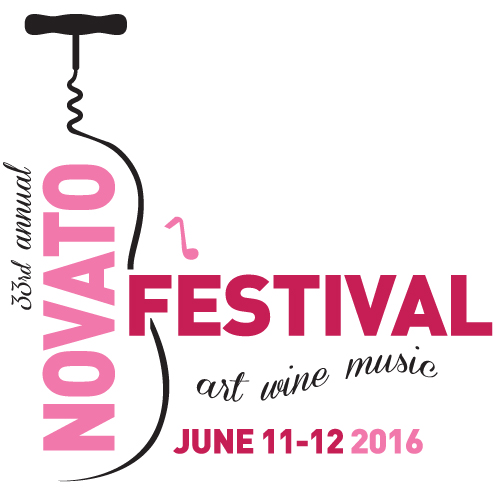
Novato Chamber Of Commerce — Home of Novato’s Festival of Art, Wine & Music
Founded in 1915 the Novato Chamber of Commerce has been a steadfast resource to the North Bay community for over 100 Years. The Chamber has a long history dedicated to service and advocating for business-friendly practices. However, even as the principle business advocate group in Novato, one of the Chamber’s primary missions has always been to promote the community.
Throughout its 100 year history the Chamber has been instrumental in promoting the community. Less than fifteen years after its inception, the nation was hurled into the depths of the Great Depression. To mitigate the effects the Novato Chamber of Commerce drove in rail cars full of supplies and shelter for the struggling families of the North Bay. The Chamber would eventually endorse a major building project that would transform Bay Area economics forever. In the ‘30s and ‘40s the Chamber would be one of the first and only organizations to secure the bond measure for the construction of the Golden Gate Bridge.
Today the Novato Chamber of Commerce continues to support the community with large-scale community events. Every June the Chamber hosts Novato’s Festival of Art, Wine & Music; this annual festival has captivated residents and visitors for over thirty years. This is the largest free festival in the County with over 80,000 attendees. Boasting over two-dozen varietals of wine and dozen varieties of beer, this festival draws in huge crowds. Along with its many art vendors and margarita booths, there are two fully booked, live music stages. The Chamber’s festival takes great pride in bringing the community out and together for a weekend of fun celebration.
This year the Festival takes place on June 11 and 12 in downtown Novato on Grant Ave. You can find out more about the Festival at www.novatoartwinemusic.com
The Novato Chamber of Commerce has proudly served the region for over 100 years. By supporting the Novato Chamber, you support an organization that stands for community and an organization that is dedicated to the improvement and sustainability of the North Bay.

June
July

Sync or Swim Blog Series #3

Spotlighting the Best Marinnovations™ in Education
By Michael Leifer, CEO Guerilla PR / Ecodads
One of the Bay Area’s fastest Ed-tech startups is the MV (Mill Valley) Code Club (http://www.mvcodeclub.com), a social venture founded by programmer and entrepreneur Doug Tarr.
Prior to founding the club, Doug had been up in Seattle working at a successful startup called PayScale (a Human Capital Platform) serving as the VP of Consumer Product and Chief Architect. As the company sold and Doug was transitioning to an Advisory role, he and his wife decided to move back to her home town of Mill Valley.
Cut to October in 2013, his son was 14 and on a local soccer team, and while practice was ending one day, several other parents (whose kids were all passionately interested in coding and MineCraft), encouraged Doug to teach the kids how to code. So, all of a sudden there were 12 kids sitting around his dining room table and he was teaching them to use a simple coding program called Scratch, as well as some Javascript. Eight weeks later, all 12 of those kids wanted to keep going. And, by that time, many other families had heard about his intimate Mill Valley Coding Club and the membership spiked from a dozen kids to 40. At that point, Doug’s wife told him he had to find a new space — LOL!
So, he rented a location in downtown Mill Valley with the intention of helping create a space for tweens and young teens vs high school kids, which would be safe, exciting and social, and would create a fun environment to learn how to code. His vision was to make MV Coders into a digital guild in which high school students could be paid staff and share their skills as journeyman, with the members being the apprentices, and where Doug and other coding professionals from Stanford, Google and other places would serve as the “sort of” masters.
Doug hired the high schoolers with the intention of keeping a balanced 4:1 apprentice to journeyman ratio so that each child could get the attention that they needed to succeed. Doug offered, “So much of our real estate and time is dedicated to sports, but so little is given to technology, and that so many kids love tech, games and robotics. These were the kids that ended to work at home with headphones on, away from their friends. I wanted to create a physical space for those kids who loved coding and tech, and wanted to be around other kids just like themselves, and also to have instructors guiding them shoulder to shoulder vs being the sage on the stage. This type of project-based learning of code enabled it to be driven by the students vs being dictated and broadcast at them from the teacher, which takes the fun out of it.”
Today, MV Code Club has expanded to 300 apprentice members, with 3 locations in Mill Valley, Greenbrae and San Francisco. Members can learn to program, develop a game, make a website, or build a robot. The club houses teach: Scratch for understanding the logic of coding using simple digital blocks; HTML5 and Javascript to learn how to create websites and user interfaces; Arduino to learn how to code to make robots; Java for backend database creation; Unity to make apps which can be sold in the Apple or Google Play Stores; Wix to quickly make websites from templates, and much more.
Doug’s larger plan is to have clubs in each town within Marin, so that members can walk to the local MV Code Club in their community vs having to get in a car. “We drive far too much in California and need to find ways of easing the stress on parents,” Doug stated with a thoughtful smile. The Club allows kids to learn with their friends, side by side, in collaboration, share together to build deeper more developed relationships vs just individually watching a screen and trying to learn on your own. In terms of expansion, the two of us discussed potentially having an office in one of the old 5th grade classrooms at the School Street location in Fairfax, which have 9 schools within walking distance.
MV Code Club also has been producing after-school programs at Mark Day and MPMS(Marin Primary Middle School) private middle schools within Marin. Last year, he also opened a SF location as here was such a demand from many schools for such an after-school coding program and is now working with Berkeley School, Finbar, SF Day and a few others.
The Club also provides members exclusive field trips into the large tech companies of SF such as IGN (San Francisco-based games and entertainment media company); so that members can, first hand, see and learn about the types of jobs and cultures that type of places have, igniting their curiosity and interest in what a future job in the tech industry might look like.
Now, MV Code Club is not a boys-only club. In terms of girls, the staff quickly realized that some girls learned and shared in a different manner than the young lads, so they decided to also offer girls-only sessions at the 3 locations. Girls seeing coding and technology as part of their identity at a young age is really important to help them succeed in our quickly evolving techno-communication world. They hope that they will grow up, and continue to pursue a passion for technology, and serve as role models for younger kid entering the tech field.
Many of the students are creating robots, and apps, which they are selling in the app store, building websites and much more. So, these projects also fuel their entrepreneurship zeal. Indeed, many students’ apps are selling on the Apple and Google App store already and several of the students have formed companies with their parents.
In grammar and middle-school, students learn math, reading and writing but they don’t learn how to code. In the coming year, MV Code Club will also be offering teacher-based professional development services, as many teachers have requested that they provide such.
Currently, MV Code Club is looking for Title local Marin Sponsors to fund membership scholarships for more kids to join and have the opportunity to learn this new language and to create pathways for entrepreneurship.
[addtoany]
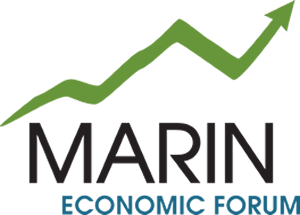
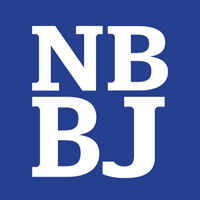
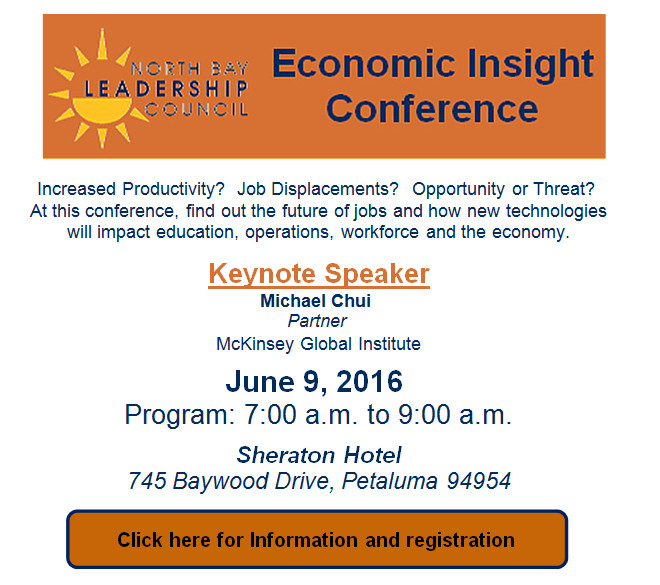
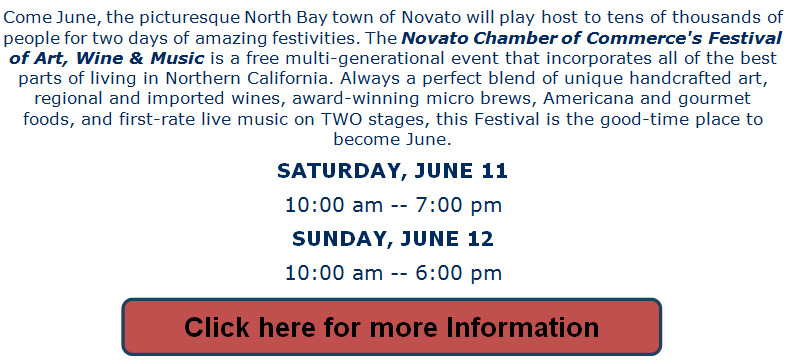
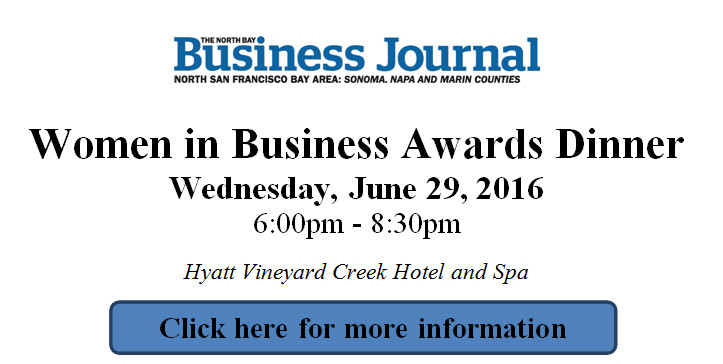

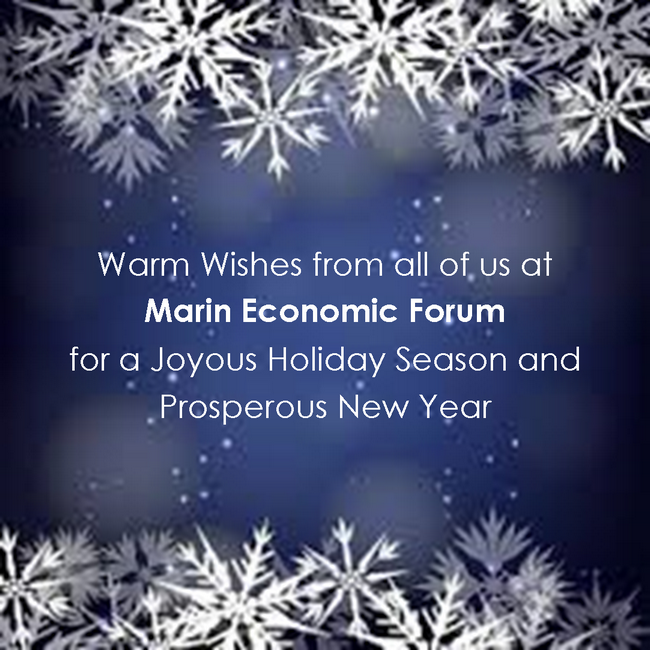
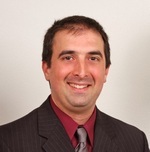
 The Open House festivity is scheduled for January 29th and 30th the time is TBD and shall be in all three buildings. Classes will start the 1st week of the New Year, times and dates TBD.
The Open House festivity is scheduled for January 29th and 30th the time is TBD and shall be in all three buildings. Classes will start the 1st week of the New Year, times and dates TBD.


